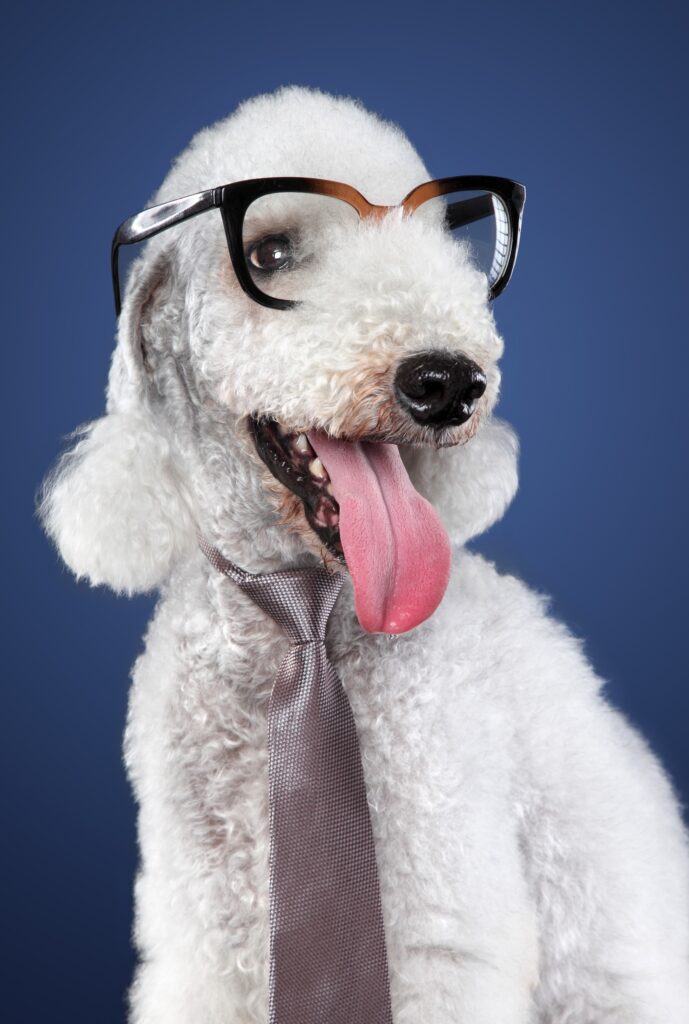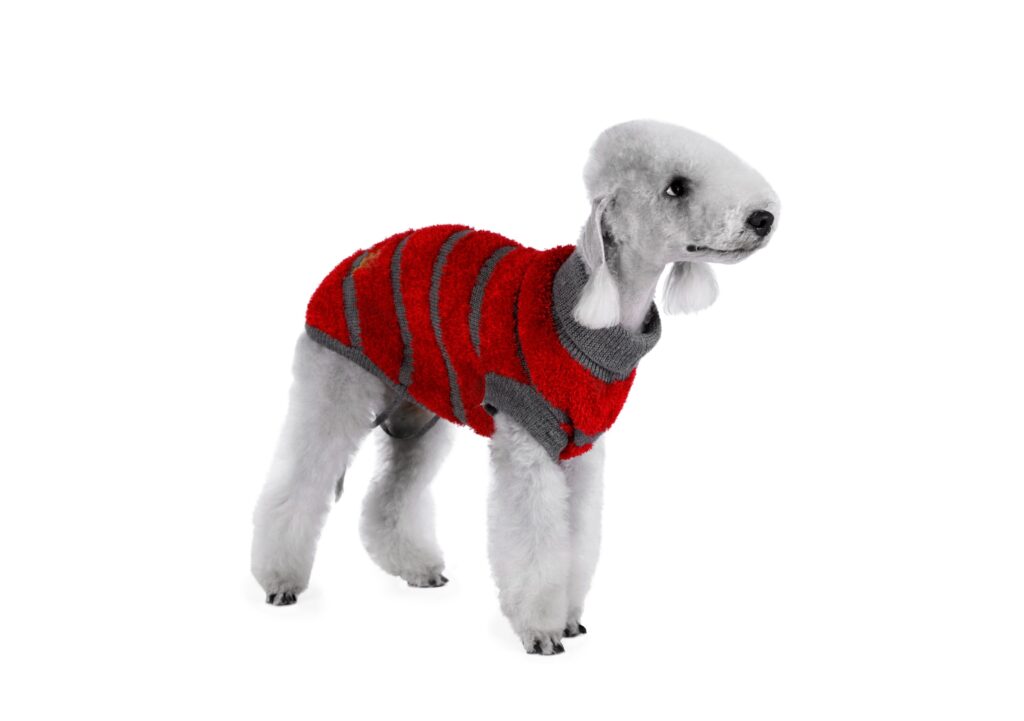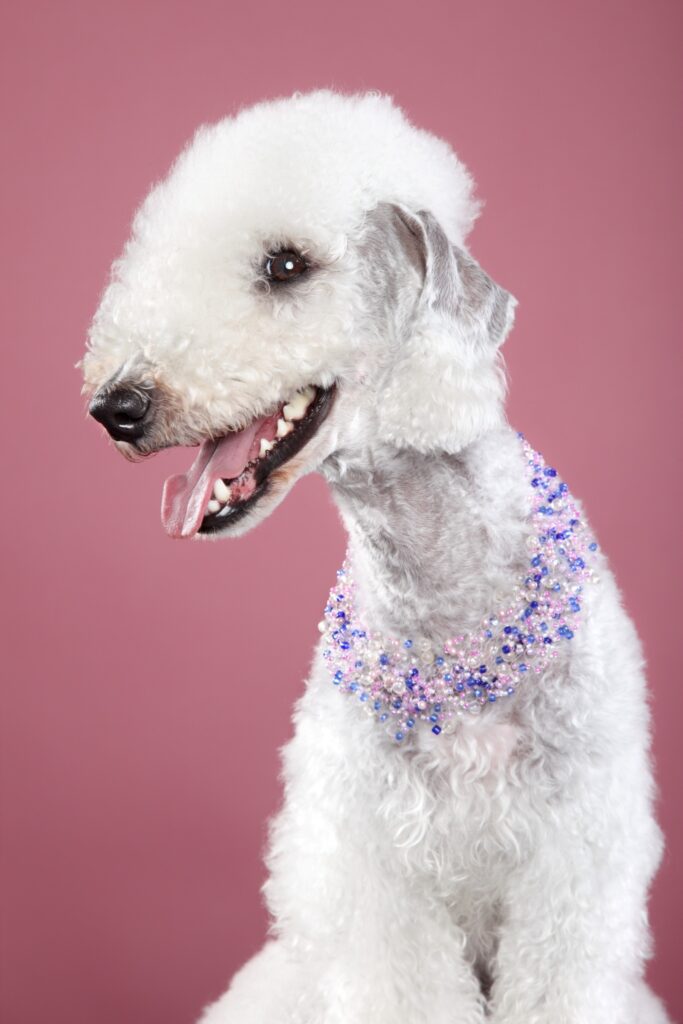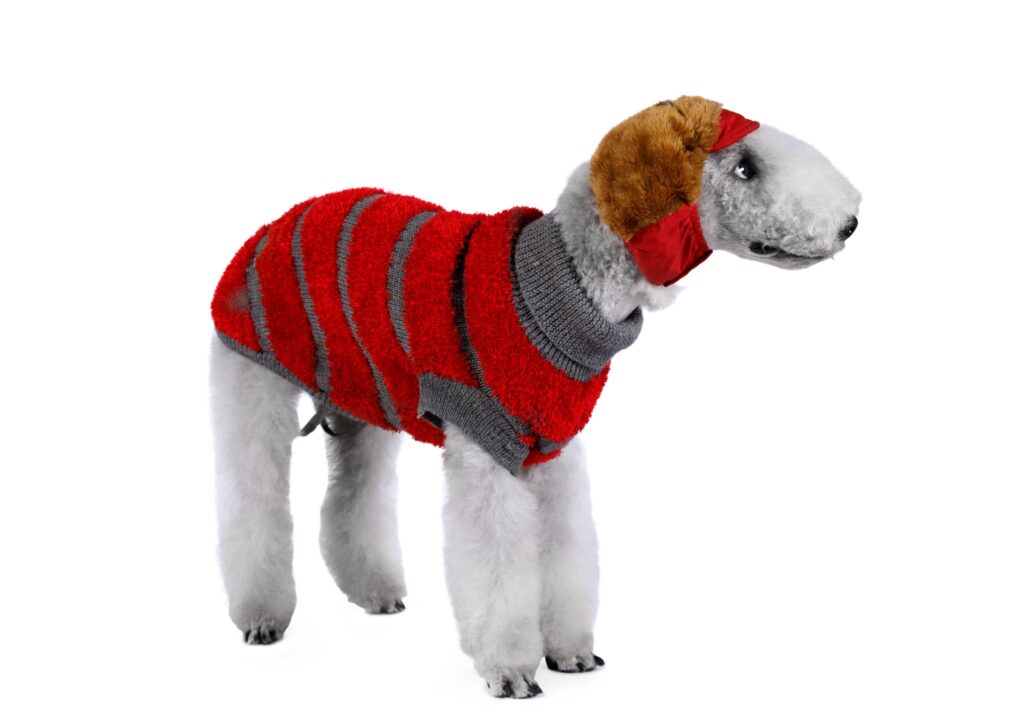Bedlington Terrier Colours: A Comprehensive Guide
Bedlington Terriers are a small breed of dog that are known for their unique appearance and charming personalities. One of the most interesting aspects of these dogs is their range of colors and how they can change over time. Understanding Bedlington Terrier colors is important for anyone who is considering getting one of these dogs as a pet, as well as for those who already have one and want to ensure they are taking proper care of their furry friend.


There are several different colors that Bedlington Terriers can come in, including blue, liver, sandy, and blue and tan. These colors are determined by genetics, and breeders can use this information to selectively breed dogs with certain colors. However, it’s important to note that the color of a Bedlington Terrier can change over time, especially as they age. For example, a blue Bedlington Terrier may develop a lighter coat as it gets older, while a liver-colored dog may become darker.
Table of Contents
Key Takeaways
- Bedlington Terriers come in a variety of colors, including blue, liver, sandy, and blue and tan.
- The color of a Bedlington Terrier can change over time, especially as they age.
- While color is an important consideration when choosing a Bedlington Terrier, it’s also important to focus on their overall health and personality.
Bedlington Terrier Colours


Bedlington Terriers are known for their distinctive curly coat and unique appearance. They come in six different colors, which are Blue, Liver, Sandy, Blue and Tan, Liver and Tan, and Sandy and Tan.
Blue
The Blue Bedlington Terrier is a beautiful, striking color that is often compared to a blue-gray hue. The coat is a deep, rich blue that is uniform throughout the body. The nose and eyes are black, and the coat should be trimmed to give the dog a neat and tidy appearance.
Liver
The Liver Bedlington Terrier has a rich brown coat that is uniform throughout the body. The nose and eyes are also brown, and the coat should be trimmed to give the dog a neat and tidy appearance. This color is less common than Blue, but it is still a popular choice among Bedlington Terrier enthusiasts.
Sandy
The Sandy Bedlington Terrier has a pale, sandy-colored coat that is uniform throughout the body. The nose and eyes are black, and the coat should be trimmed to give the dog a neat and tidy appearance. This color is less common than the Blue and Liver, but it is still a popular choice among Bedlington Terrier enthusiasts.
Blue and Tan
The Blue and Tan Bedlington Terrier has a blue coat with tan markings on the eyebrows, cheeks, legs, and underbelly. The nose and eyes are black, and the coat should be trimmed to give the dog a neat and tidy appearance. This color is less common than Blue, but it is still a popular choice among Bedlington Terrier enthusiasts.
Liver and Tan
The Liver and Tan Bedlington Terrier has a liver-colored coat with tan markings on the eyebrows, cheeks, legs, and underbelly. The nose and eyes are brown, and the coat should be trimmed to give the dog a neat and tidy appearance. This color is less common than the Blue and Liver, but it is still a popular choice among Bedlington Terrier enthusiasts.
Sandy and Tan
The Sandy and Tan Bedlington Terrier has a sandy-colored coat with tan markings on the eyebrows, cheeks, legs, and underbelly. The nose and eyes are black, and the coat should be trimmed to give the dog a neat and tidy appearance. This color is less common than the Blue, Liver, and Sandy, but it is still a popular choice among Bedlington Terrier enthusiasts.
Color Genetics


Bedlington Terrier colors are determined by genetics and follow a predictable pattern of inheritance. A variety of coat colors and patterns are possible, but the most common are blue, liver, and sandy. Understanding the genetics behind these colors can help breeders produce litters with desired coat colors.
The color of a Bedlington Terrier’s coat is determined by the interaction of multiple genes. The two main genes that control coat color are the B gene and the D gene. The B gene determines whether the dog will have black or brown pigment, while the D gene determines whether the dog will have a diluted or non-diluted coat color.
There are three possible alleles for the B gene: B (black), b (brown), and b^s (liver). The dominant B allele produces black pigment, while the recessive B allele produces brown pigment. The b^s allele produces liver pigment, which is a diluted brown color.
The D gene has two possible alleles: D (non-diluted) and D (diluted). The D allele produces a non-diluted coat colour, while the d allele produces a diluted coat colour. Diluted colors are lighter and less intense than non-diluted colors.
The combination of these genes and alleles determines the final coat color of a Bedlington Terrier. For example, a dog with the genotype BBDD will have a black coat, while a dog with the genotype bb^sdd will have a liver-dilute coat.
It is important to note that coat color genetics can be more complex than this, as there are other genes that can influence coat color and pattern. However, understanding the basics of the B and D genes can help breeders predict the coat colors of their litters and avoid producing unwanted colors.
Color Changes Over Time
The Bedlington Terrier is known for its distinctive coat, which can come in a variety of colors. However, the color of a Bedlington Terrier’s coat can change over time, which can be an important consideration for breeders and owners.
One factor that can affect the color of a Bedlington Terrier’s coat is age. Puppies are often born with a dark coat that lightens as they grow older. This can result in a significant change in the dog’s appearance over the first year of its life. For example, a puppy that is born with a black coat may end up with a blue or liver-colored coat as an adult.
Another factor that can affect the color of a Bedlington Terrier’s coat is exposure to sunlight. Dogs that spend a lot of time outside in the sun may experience fading or bleaching of their coat. This can result in a loss of color intensity or a change in the hue of the coat.
It is also important to note that the color of a Bedlington Terrier’s coat can be affected by genetics. Some colors, such as blue or liver, are recessive and require both parents to carry the gene in order to produce offspring with that color. Other colors, such as sandy or cream, are dominant and can be passed down from just one parent.
Overall, it is important for breeders and owners to understand the potential for color changes in Bedlington Terriers and to choose their breeding pairs carefully to ensure that they produce healthy and desirable offspring with the desired coat color.
Health and Colour
Bedlington Terriers are generally a healthy breed with a lifespan of 12-16 years. However, like all breeds, they are prone to certain health issues. Some of these issues are related to their coat color.
Copper Toxicosis is an inherited condition that affects Bedlington Terriers. This condition causes a buildup of copper in the liver, which can lead to liver damage and failure. It is more common in dogs with a liver-colored or copper-colored coat, but it can affect dogs with other coat colors as well. Regular screening and monitoring can help manage this condition.
Another health issue related to coat color is skin allergies. Bedlington Terriers with a blue or liver-colored coat are more prone to skin allergies. These allergies can cause itching, redness, and skin infections. Regular grooming and a healthy diet can help prevent and manage skin allergies.
The color of a Bedlington Terrier’s coat can also affect its susceptibility to sunburn. Dogs with lighter-colored coats are more prone to sunburn and skin damage. It is important to protect these dogs from the sun with sunscreen or by keeping them in shaded areas.
Grooming Bedlington Terrier Colours


Bedlington Terriers require regular grooming to maintain their distinctive coat colors and textures. Grooming Bedlington Terrier Colours can be a challenging task, but with proper care and attention, it is possible to keep your dog looking its best.
Coat Colors
Bedlington Terriers come in a variety of coat colors, including blue, liver, and sandy. The coat is usually a mixture of two colors, with the lighter color being more prominent on the head and body and the darker color appearing on the ears, tail, and legs. The coat can also be a solid color or have white markings.
Grooming Tips
To maintain the Bedlington Terrier’s unique coat, regular grooming is necessary. Here are some tips for grooming Bedlington Terrier Colours:
- Brush the coat regularly to prevent matting and tangling. Use a slicker brush to remove any loose hair and debris from the coat.
- Trim the coat every 6-8 weeks to maintain its shape and length. A professional groomer can help you achieve the desired look.
- Bathe the dog as needed, but be careful not to overdo it as this can strip the coat of its natural oils and cause dryness.
- Pay special attention to the ears, which are prone to infections. Clean them regularly with a gentle ear cleaner and check for any signs of redness or discharge.
- Trim the nails regularly to prevent them from becoming too long and causing discomfort to the dog.
By following these grooming tips, you can keep your Bedlington Terrier’s coat looking healthy and beautiful. Remember to always use gentle products and techniques when grooming your dog, and seek professional help if needed.
Choosing the Right Colour
When it comes to choosing the right color for a Bedlington Terrier, there are a few things that potential owners should consider. The breed standard for Bedlington Terriers allows for a range of colors, but there are certain colors that are more popular than others.
One of the most popular colors for Bedlington Terriers is blue. This color can range from a light blue-gray to a darker steel blue. Blue Bedlington Terriers are often considered to be the most striking and distinctive of all the colors available.
Liver-colored Bedlington Terriers are also popular, as are those with a sandy or tan color. The breed standard allows for these colors to have black or brown pigmentation on the nose, lips, and eye rims.
When choosing a Bedlington Terrier, it’s important to keep in mind that the color of the dog’s coat can have an impact on its health. For example, Bedlington Terriers with a lighter-colored coat may be more prone to sunburn. Owners should take steps to protect their dog’s skin from the sun, such as using a dog-safe sunscreen or keeping them in the shade during the hottest parts of the day.
It’s also important to consider the maintenance required for different coat colors. Lighter-colored Bedlington Terriers may require more frequent grooming to keep their coats looking clean and bright. Darker-colored dogs may be more forgiving when it comes to grooming, but their coats may show dirt more easily.
Ultimately, the choice of color for a Bedlington Terrier comes down to personal preference. Whether an owner prefers a striking blue dog or a more subdued sandy-colored one, there is a Bedlington Terrier color to suit every taste.
